An analust is trying to separate a mixture containing the following four organic compounds
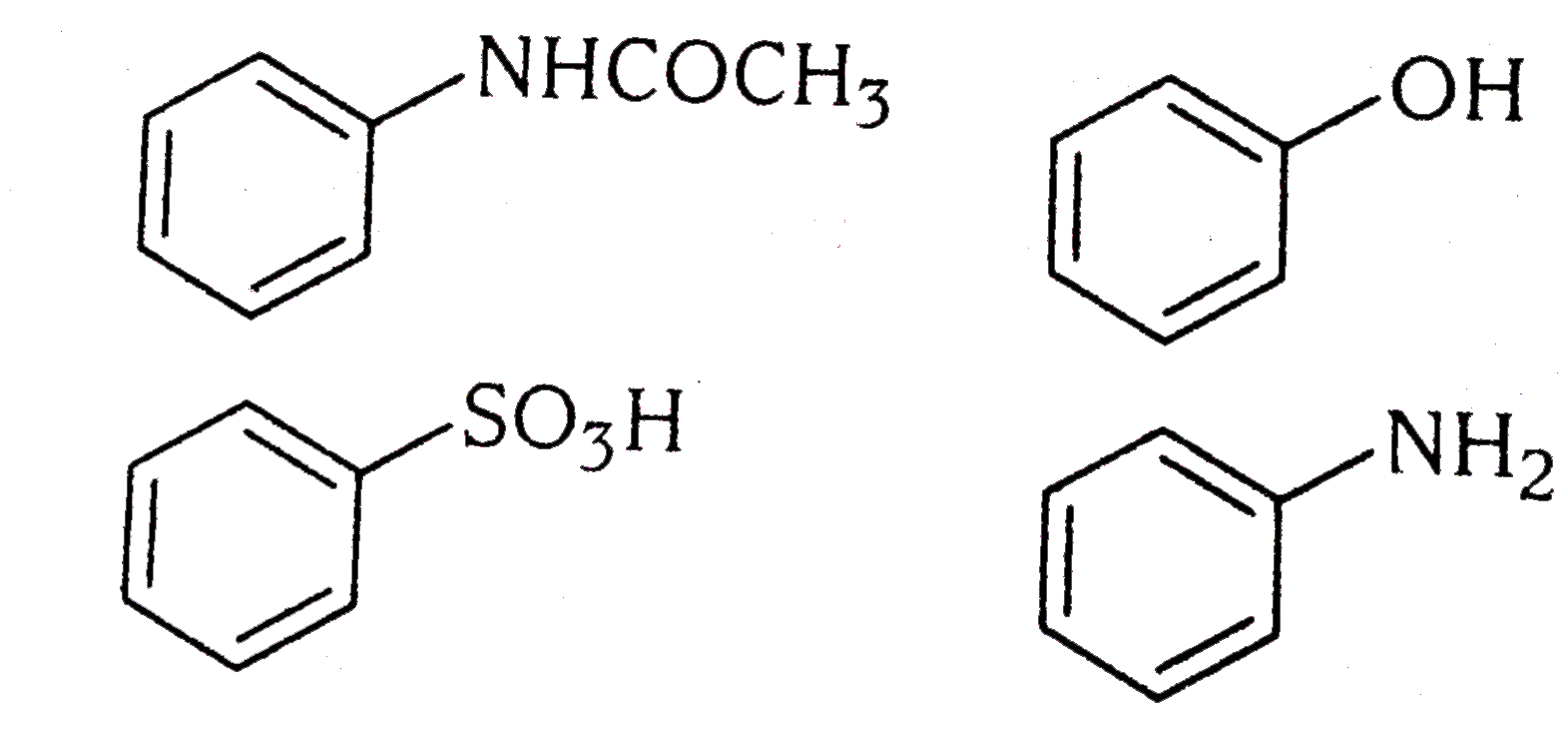
She dissolved the mixture in ether and treated the solution with aqueous NaOH solution and finally separated the two fractions: Fraction-I (ether) and Fraction-II (aqueous). Later she acidified Fraction-1 and was able to distill the organic compound(s) into ether to obtain third fraction, Fraction-III. Fraction-III was then treated with aqueous NaHCO3 and the two layers, ether layer (Fraction-IV) and aqueous layer (Fraction-V) were separated. Also Fraction-I was treated with aqueous HCl solution and the two layers, other (Fraction-VI) and aquores layer (Fraction-VII) were seperated. Answer the following three questions based on the above information.
The species left in fraction VI is
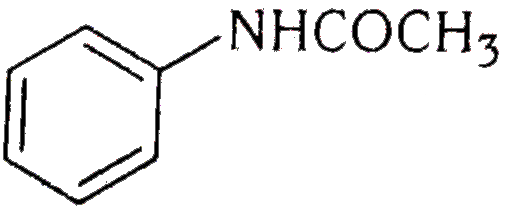
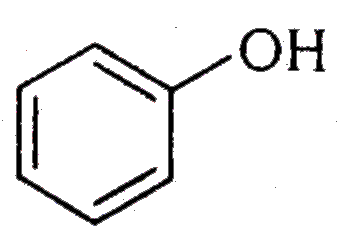
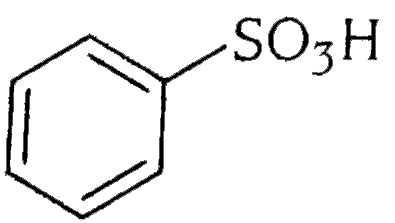

The correct Answer is:a
Step by step video, text & image solution for An analust is trying to separate a mixture containing the following four organic compounds She dissolved the mixture in ether and treated the solution with aqueous NaOH solution and finally separated the two fractions: Fraction-I (ether) and Fraction-II (aqueous). Later she acidified Fraction-1 and was able to distill the organic compound(s) into ether to obtain third fraction, Fraction-III. Fraction-III was then treated with aqueous NaHCO_(3) and the two layers, ether layer (Fraction-IV) and aqueous layer (Fraction-V) were separated. Also Fraction-I was treated with aqueous HCl solution and the two layers, other (Fraction-VI) and aquores layer (Fraction-VII) were seperated. Answer the following three questions based on the above information. The species left in fraction VI is by Chemistry experts to help you in doubts & scoring excellent marks in Class 12 exams.
Topper's Solved these Questions
- BOOK - IIT-JEE PREVIOUS YEAR (CHEMISTRY)CHAPTER - ORGANIC CHEMISTRY BASICSEXERCISE - Interger Answer Type Questions1videos
ORGANIC CHEMISTRY BASICS
- BOOK - IIT-JEE PREVIOUS YEAR (CHEMISTRY)CHAPTER - ORGANIC CHEMISTRY BASICSEXERCISE - CHAPTER TEST2videos
ORGANIC CHEMISTRY BASICS
- BOOK - IIT-JEE PREVIOUS YEAR (CHEMISTRY)CHAPTER - NUCLEAR CHEMISTRYEXERCISE - CHEMISTRY2videos
NUCLEAR CHEMISTRY
- BOOK - IIT-JEE PREVIOUS YEAR (CHEMISTRY)CHAPTER - P BLOCK ELEMENTSEXERCISE - Topic 21videos
P BLOCK ELEMENTS
Similar Questions
Knowledge Check
- Question 1 - Select One
An analust is trying to separate a mixture containing the following four organic compounds
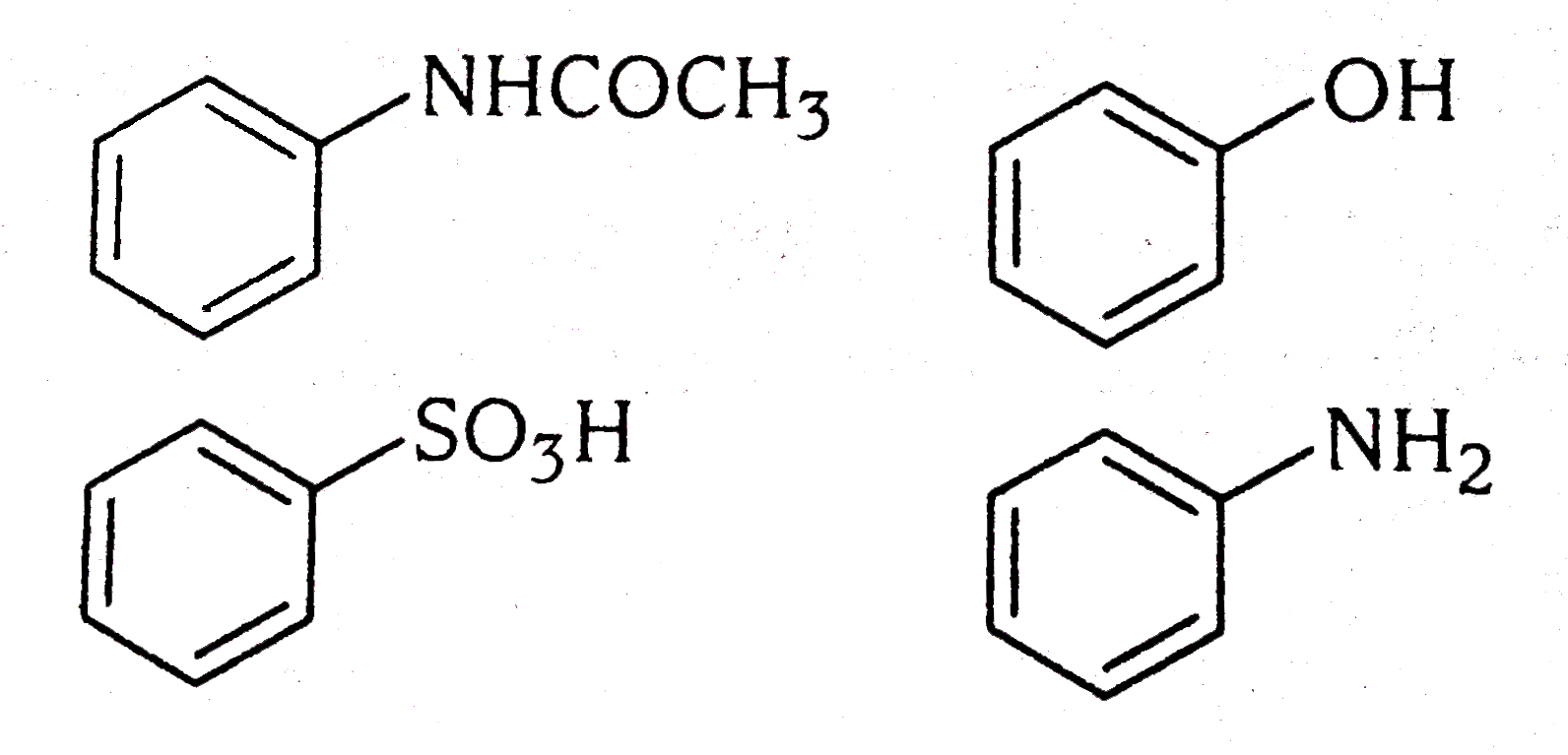
She dissolved the mixture in ether and treated the solution with aqueous NaOH solution and finally separated the two fractions: Fraction-I (ether) and Fraction-II (aqueous). Later she acidified Fraction-1 and was able to distill the organic compound(s) into ether to obtain third fraction, Fraction-III. Fraction-III was then treated with aqueous NaHCO3 and the two layers, ether layer (Fraction-IV) and aqueous layer (Fraction-V) were separated. Also Fraction-I was treated with aqueous HCl solution and the two layers, other (Fraction-VI) and aquores layer (Fraction-VII) were seperated. Answer the following three questions based on the above information.
What is true about the species left in fraction-IV?AIt is stronger acid than carbonic acidBIt is stronger acid than waterCIt is neutral to moistened litmus paperDIt cannot be extracted into an aqueous Ba(OH)2 solution - Question 2 - Select One
An analust is trying to separate a mixture containing the following four organic compounds

She dissolved the mixture in ether and treated the solution with aqueous NaOH solution and finally separated the two fractions: Fraction-I (ether) and Fraction-II (aqueous). Later she acidified Fraction-1 and was able to distill the organic compound(s) into ether to obtain third fraction, Fraction-III. Fraction-III was then treated with aqueous NaHCO3 and the two layers, ether layer (Fraction-IV) and aqueous layer (Fraction-V) were separated. Also Fraction-I was treated with aqueous HCl solution and the two layers, other (Fraction-VI) and aquores layer (Fraction-VII) were seperated. Answer the following three questions based on the above information.
Fraction-V on acidification followed by distillation will giveA B
B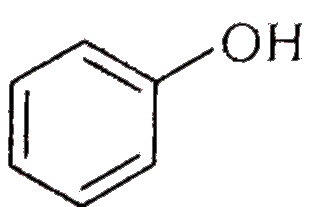 C
C D
D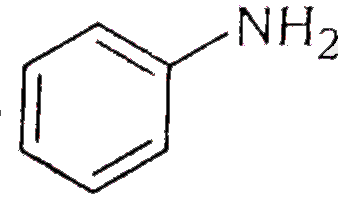
- Question 3 - Select One
The mole fraction of solute in 2.5 m aqueous solution is
A0.055B0.043C0.86D0.25
Mole fraction of a solute in 2.5 molal aqueous solution is
View SolutionMole fraction of solute in 1 mole aqueous solution is
View SolutionMole fraction of the solute in a 1 molal aqueous solution is :
View SolutionWhat is the mole fraction of the solute in a 1.0 m aqueous solution ?
View SolutionWhat is the fraction of the solute in a 1.00 m aqueous solution ?
View Solution

